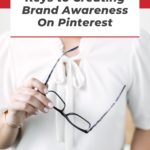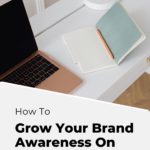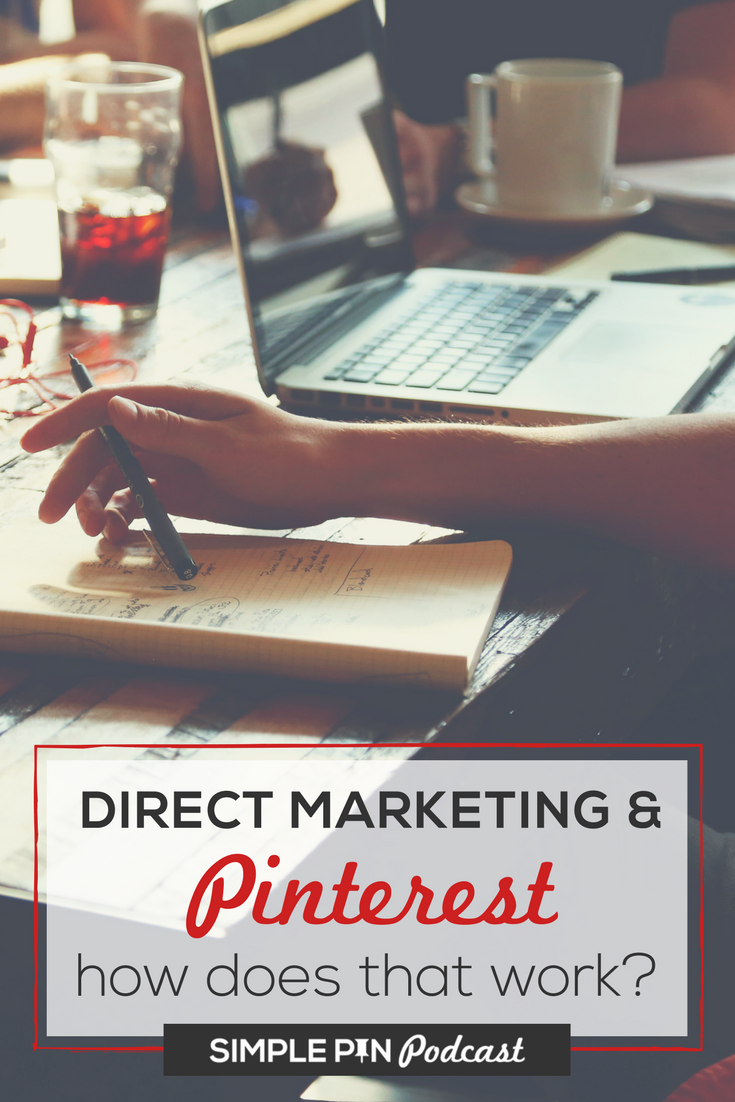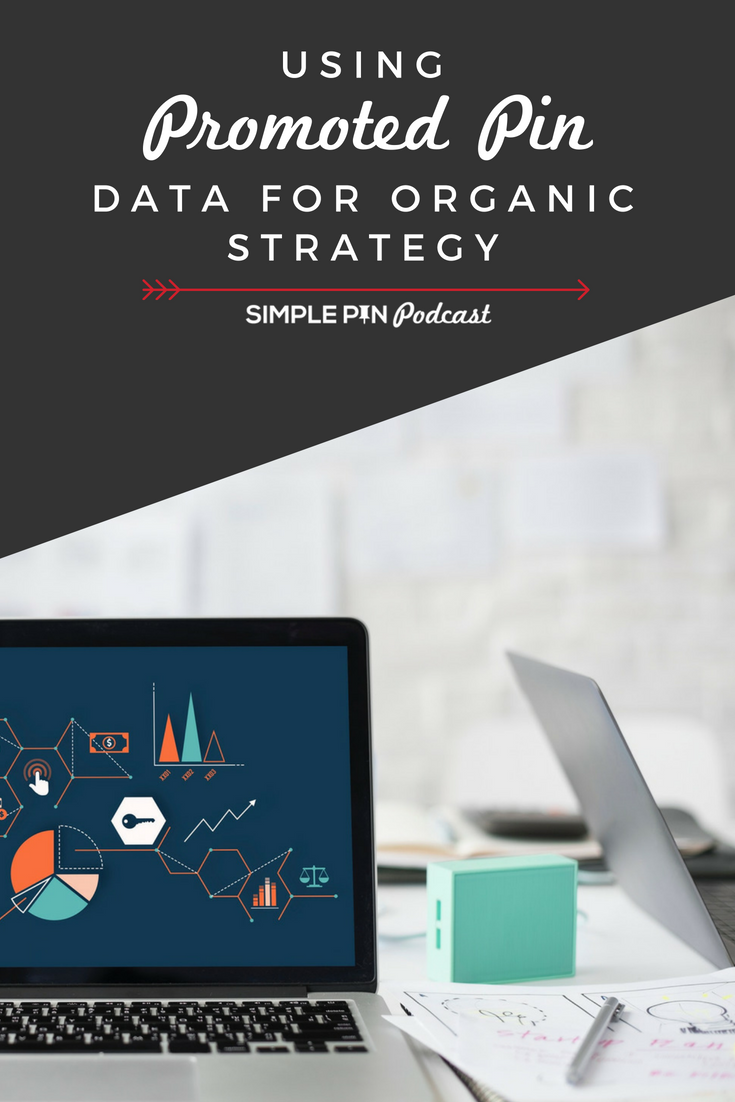Let’s learn together about how to build brand awareness using Pinterest. It’s much easier than you think, but you have to be focused on the stages and how to master each one.
Brand awareness is a marketing term that’s thrown around a lot. Oftentimes, we think we know what it is, but maybe it means something different to someone else.
I’m guilty of throwing this term around, but I had to ask myself an honest question: What does that mean for each individual business owner? What does it mean for me?
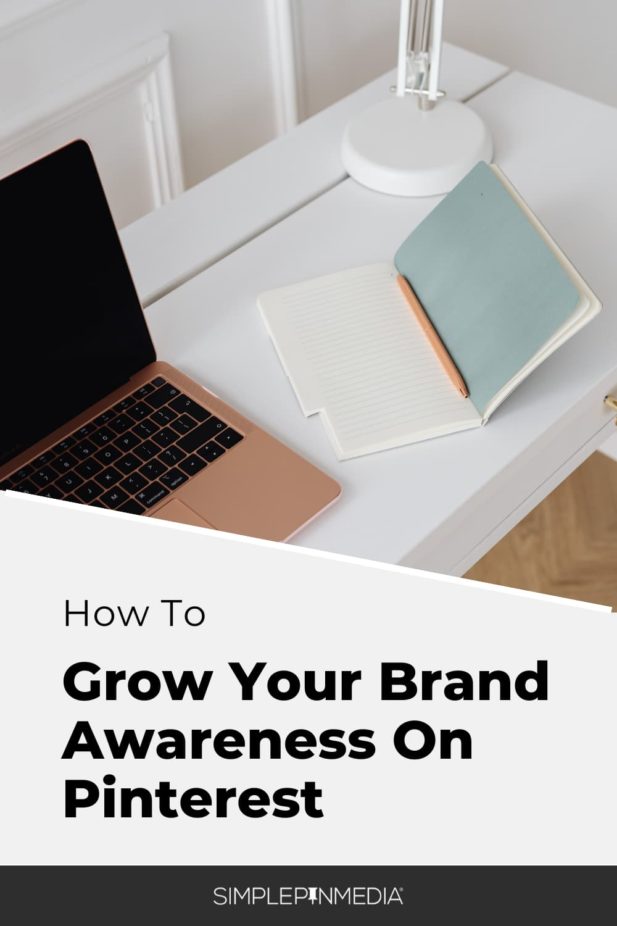
So first let’s define it. According to Google, brand awareness is “the extent to which consumers are familiar with the distinctive qualities or images of a particular brand of goods or services”.
We can all see a Coke, Starbucks, or Nordstrom logo, and have instant feelings or thoughts around that logo. Whether we like it, despise it, like another brand better, or have a strong memory of something related to it.
How do we do that for our brand on Pinterest? How do we translate our brand awareness into amazing pins that get more engagement and get more people coming through our door? While also creating consistency from pin to page.
I have a few important steps for us to break down.
FAMILIARITY with your brand
The first step is familiarity – how do you help people become familiar with your brand, products or services on Pinterest?
If you’re newer or rebranding, there’s going to be some troubleshooting here. When I started with Simple Pin, I knew what colors I liked and what looked the most visually similar to Pinterest, chose a font, and found stock images that reflected Pinterest. We didn’t have our own images at the time.
Consistent imaging and visuals are important. We stick with our signature red, use the same font, and now have our own branded images. We also use our logo on the Pin image. When pinners click on our Pin on Pinterest, the colors, font, and branding on our website look similar.
If you’re not sure where to start, just play around with colors and fonts to see what you like! You can even buy some inexpensive templates and swap out colors, fonts, and images. If you have a little extra wiggle room in your budget, hire someone to help you with design.
But most importantly, choose something you 90% love and go with it. You can always revisit later. The images I created 8 years ago are NOT the same as the images we use now.
RELATED: Starting, Building, and Sustaining a Brand with Joy the Baker (podcast/show notes)
TELL YOUR STORY
Own a niche, topic, or theme, and stay consistent with it. This will help people connect the imagery and branding with your expertise. People that are familiar with our look can now connect the dots that we talk about Pinterest. That’s all we talk about.
If I all of a sudden started talking about Instagram, it would be weird for someone who has become familiar with our brand. Stick with a niche or topic until you start to see customers asking you for something else OR you feel like you want to teach on something else.
Then you’ll need to train the reader that you’re making a pivot. It doesn’t make sense to your audience when you’re constantly jumping from thing to thing without any consistency.
BE THE AUTHORITY
Own the subject you’re talking about and the content you’re creating. If you create a beauty product with a specialized feature, talk about that feature and why YOU are the best in the industry.
We talk about our authority a lot when we’re teaching on Pinterest – our years of experience, the number of clients we’ve worked with, the data we’ve had access to. Our experience and years worked is important to share, because it brings authority to the conversation.
This all has to start organically, but that does not mean it’s going to take a long time to do. It simply means that before you dive into a paid strategy or advertising, you need to master your foundational brand awareness on Pinterest through imagery, design, story, and authority.
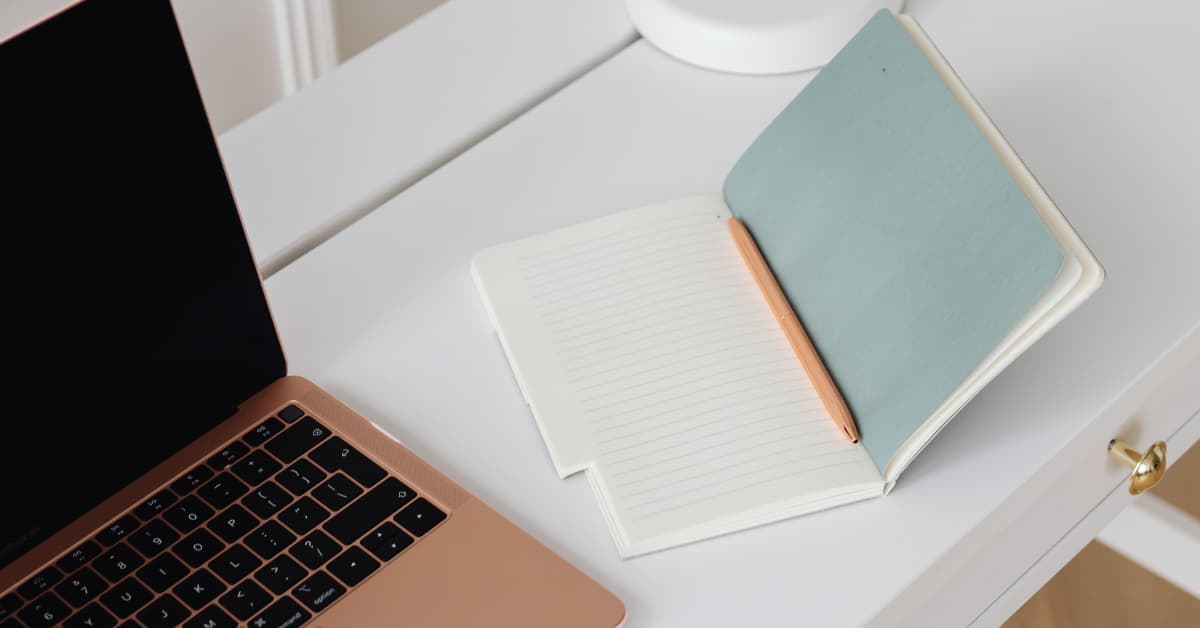
how to elevate BRAND AWARENESS
Now let’s talk about elevating brand awareness through video and ads.
Video on Pinterest works really well, because it allows your audience to see themselves and their life in your Pins. Connect with the pinner through a project, product feature, lifestyle shoot, or story. This allows you to accomplish the goal of showing your expertise and authority.
Let’s take jeans as an example.
Let’s say a boutique sells jeans that do something amazing for women’s booties. The pinner may have already seen a standard Pin image from the boutique that shows their jeans and lists the features.
But a video allows them to go deeper and show in a more dimensional way how the jeans work or make a comparison to other jeans that the user may have tried. Maybe the video tells a story about why the jeans are so incredible, features a customer testimonial, or a behind the scenes of the boutique. The video sells the boutique’s authority and creates a stronger connection with the consumer.
HOW DO YOU MAKE MONEY?
The last part is getting them to convert to a paying customer. What’s cool about this is you can accelerate brand awareness through Pinterest Ads and target people at any place in the funnel.
Top of funnel – “Okay, I’m familiar with you. I know the name of your brand and have seen a few of your products around.”
Middle of funnel – “Alright, you’re starting to sell me on your jeans. Kinda thinking I want that booty lift you’re talking about.”
Bottom – “I want those jeans in my closet right now. How do I buy?”
We’d love to hear from you! What are your thoughts here? Leave a comment on this post or DM us on Instagram.
For further reading/listening:
- Our Simple Pin Inspire, Inform, Decide Framework (top/middle/bottom funnel)
- Why website branding is vital on Pinterest (podcast/show notes)
- Does Pinterest care about bloggers? (podcast/show notes)
